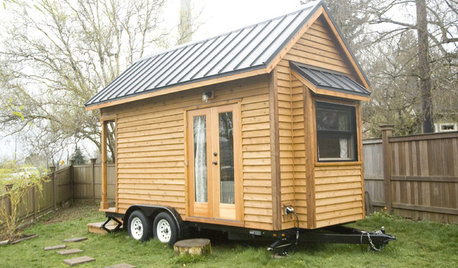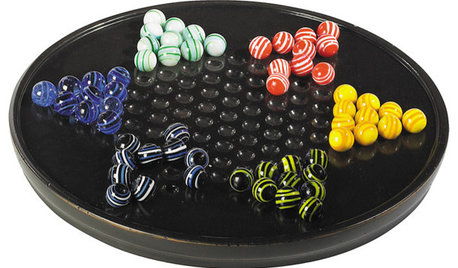fallacies
fam62cc
13 years ago
Related Stories

GARDENING GUIDESWe Bust 4 More Native Plant Myths
Have you been taken in by these fallacies about gardening with native plants?
Full Story
BATHROOM DESIGN20 Ways to Design an Asian-Style Bathroom
Want a bathroom that’s inviting and serene, with spa-like luxury? Be inspired by these Asian-style spaces, which offer all that and more
Full Story
HOUZZ TOURSMy Houzz: Mobile Microliving in Oregon
A 128-square-foot home for a couple in Portland is designed for simplicity, affordability and beauty
Full Story
COLORReady to Try Something New? Houzz Guides to Color for Your Kitchen
If only mixing up a kitchen color palette were as easy as mixing batter. Here’s help for choosing wall, cabinet, island and backsplash hues
Full Story
SHOP HOUZZShop Houzz: Games People Play
Stock up on games of chance, skill and luck to keep things interesting over the holidays
Full Story
CONTAINER GARDENS7 Deer-Resistant Flowers for Your Summer Containers
Grow these as protection for edibles or just for their colorful beauty — deer might not like them, but everyone else will
Full Story
CONTRACTOR TIPSBuilding Permits: What to Know About Green Building and Energy Codes
In Part 4 of our series examining the residential permit process, we review typical green building and energy code requirements
Full Story
LANDSCAPE DESIGNNew Ways to Design With Water
Go beyond 3-tiered fountains and faux waterfalls to discover water's architectural possibilities
Full Story
ARCHITECTUREAll the Possibilities: 4 Homes at the Edge of the Earth
Travel to the far reaches of land, where these residences straddle rocky cliffs, leafy lakeshores and choppy inlets
Full Story
ARCHITECTUREHouzz TV: Christmas in Chicago Will Make You Want to Move There Now
See Millennium Park, historic brownstones and other architectural landmarks lit up for the holiday season
Full StoryMore Discussions






plumiebear
fam62ccOriginal Author
Related Professionals
Havre de Grace Landscape Architects & Landscape Designers · Horsham Landscape Architects & Landscape Designers · Milford Landscape Contractors · Bethel Park Landscape Contractors · Cary Landscape Contractors · Firestone Landscape Contractors · Merced Landscape Contractors · Vacaville Landscape Contractors · Winchester Landscape Contractors · Reisterstown Landscape Contractors · Montclair General Contractors · Poquoson General Contractors · South Windsor General Contractors · West Whittier-Los Nietos General Contractors · Westmont General Contractorsfam62ccOriginal Author
plumiebear
equinoxequinox
fam62ccOriginal Author
redworms4greenpeople
equinoxequinox
fam62ccOriginal Author
marauder01
fam62ccOriginal Author
fam62ccOriginal Author
plumiebear
marauder01
fam62ccOriginal Author
fam62ccOriginal Author
trivedi_south
fam62ccOriginal Author